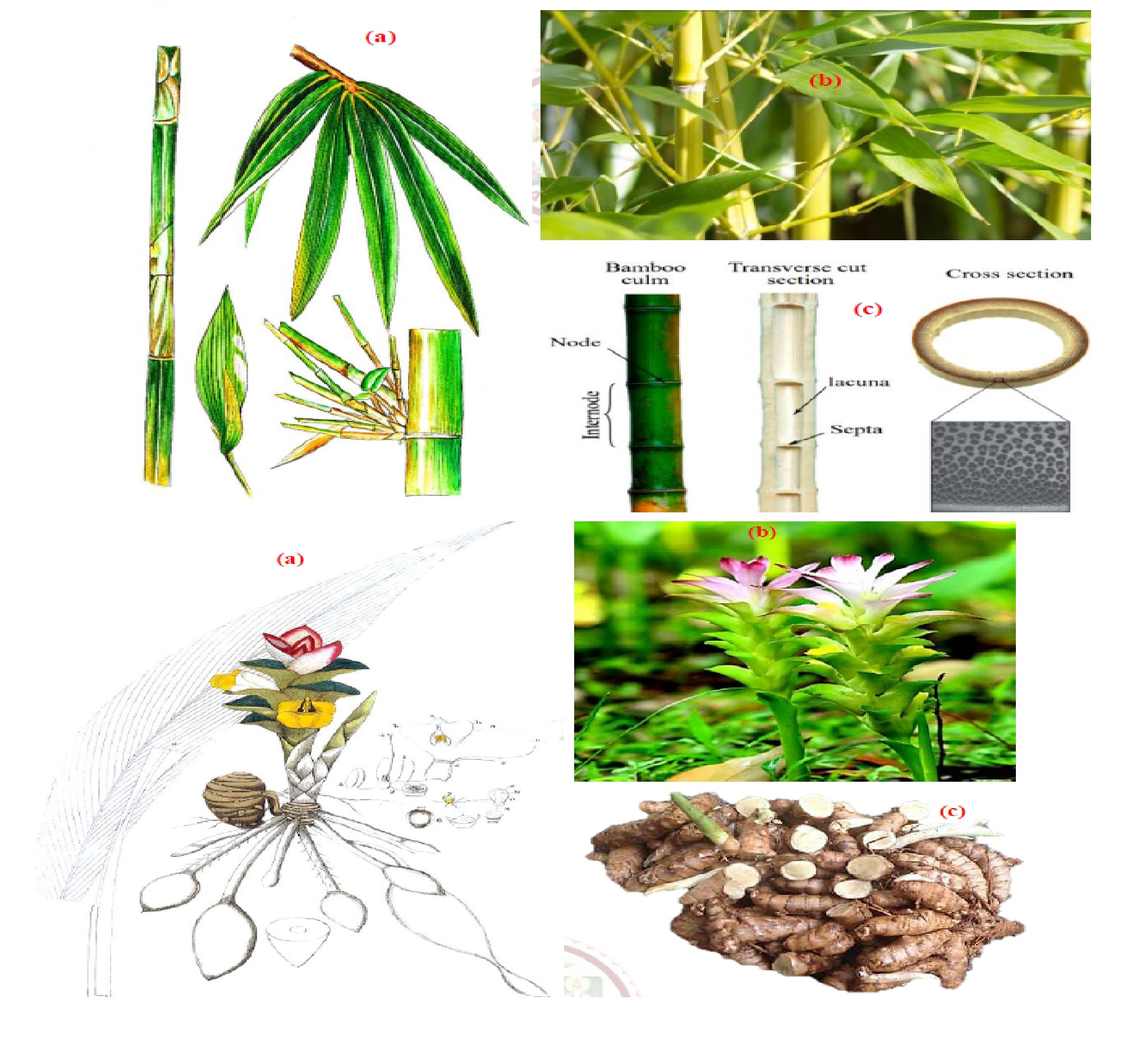Vanshlochan Substitution and Adulteration: Discussions on the Controversy over its Original Source
DOI:
https://doi.org/10.47070/ayushdhara.v10i4.1296Keywords:
Ayurveda, Adulteration, Drug Safety, Substitutes, Tabasheer, VanshlochanAbstract
In India, about 80% of the rural population relies on herbal remedies for their basic medical needs. The increasing demand and trading of raw materials for herbal medicines often involve adulterants and substitutes. The reasons behind intentional adulteration are typically commercial and include degradation, admixture, sophistication, inferiority, spoiling, and other unidentified causes. Substitution is the use of comparable medications instead of the original ones. Similar Rasa, Guna, Virya, Vipaka, and most importantly Karma are the guiding principles for choosing alternative medicaments. The adulteration and substitution of herbal medications are currently a major issue in both the herbal business and Ayurvedic therapies. Vanshlochan or Tabasheer is one of the example, which has long been used as an anti-tussive in traditional medicine to cure a variety of illnesses. When this compound was first derived, the major constituent was silica with traces of other elements. Vanshlochan is prescribed as a bioavailability booster and offers a synergistic component to some well-known medications, including Sitopaladi, Talisadi, and Dadimashtaka in Ayurveda and other Unani formulations. To be utilized as a medication in conventional medicine, Vanshlochan needs stringent pharmaco-analytical approaches with evidence-based studies regarding its drug safety for human consumption. Therefore, it is essential to provide trustworthy procedures for the accurate identification, standardization, and quality control of Vanshlochan, Tabasheer, or Tugaksheeri.
Downloads

Downloads
Published
Issue
Section
License
Copyright (c) 2023 AYUSHDHARA

This work is licensed under a Creative Commons Attribution-NonCommercial-ShareAlike 4.0 International License.


